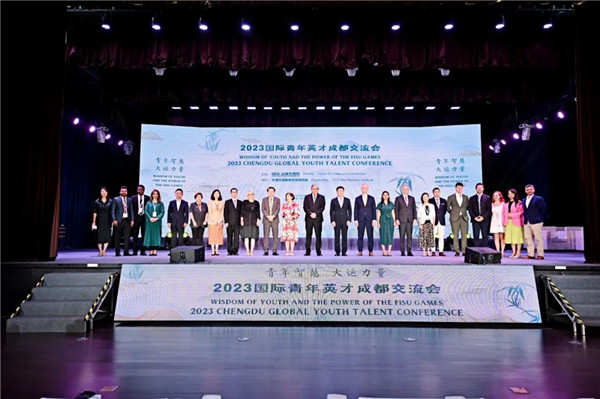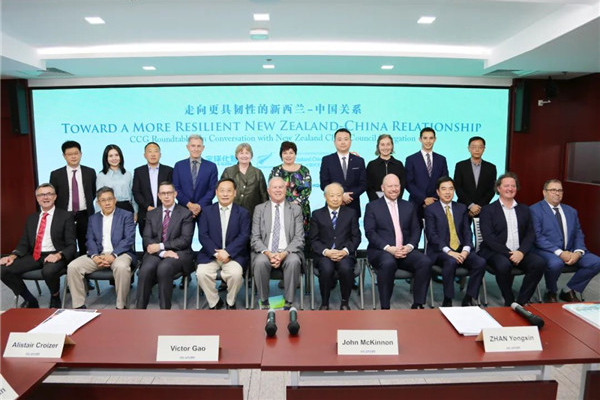CCG holds seminar on China’s fertility and population policies
China is facing huge challenges with a decline in the fertility rate and an aging population. The demographic dividend that China’s economy has enjoyed for decades is disappearing.
On August 27, the Center for China and Globalization (CCG) held a seminar with the topic of population and birth policies, bringing together a range of domestic and foreign population experts, public policy experts, medical and clinical experts, economists and scholars to discuss issues on developments in demographic trends in China, current challenges of China’s aging population and fertility policy as well as strategies for its resolutions.
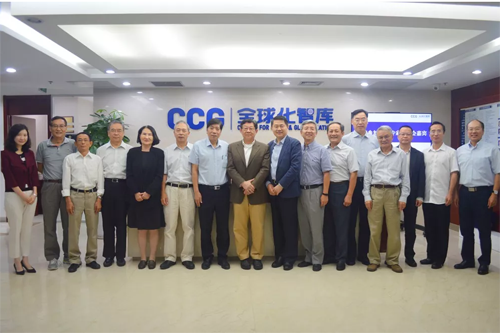
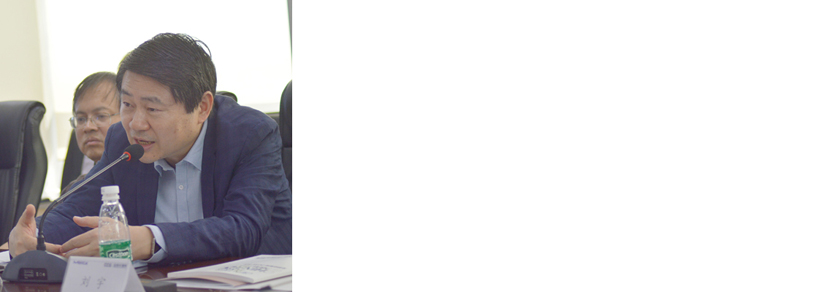
· Wang Huiyao
| CCG President
Wang Huiyao said that CCG has promoted talent and population policies over a long period. This meeting would provide a platform for the scholars and experts to discuss China’s population and fertility policy and to make suggestions for the rate of population growth and the building of a healthy China.

· Li Ye
| Vice President and head of Corporate Affairs and Government Relations of Merck Holding (China) Ltd
Li Ye said that human labor and population development play a crucial role in China’s rapid economic growth. Population and fertility policy not only affect every family, but are also part of a developmental strategy that is related to China’s sustainable development.

· Chee Hew
| Director of Data Analytics & Consulting at Clearstate, Economist Intelligent Unit Healthcare Business
Chee Hew pointed out that the main causes of decline in China’s fertility rate are the population control policy, changing notions of fertility that stress “quality over quantity”, transformations of women’s role in China, and the impacts of urbanization and population flows. She also suggested steps such as moving to end birth restrictions, increasing subsidies for fertility treatments, and protecting and promoting pregnant women’s rights.
China’s current demographic status and challenges
Attendees analyzed the impacts of Chinese dynamic demographic structure on China’s economy, pressures caused by aging for the government in medical care, and factors causing the decline of China’s fertility rate.
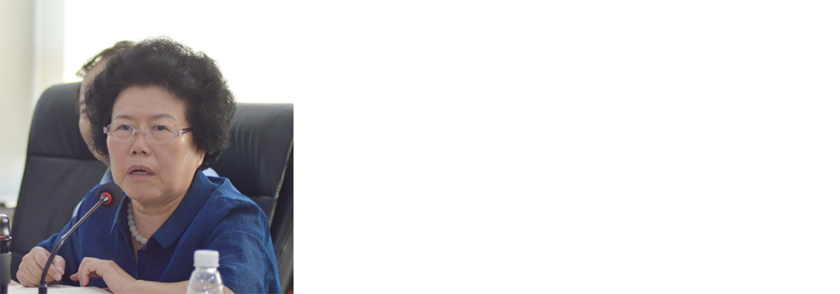
· Chen Wenling
| Chief Economist of the China Center for International Economic Exchanges (CCIEE) and expert of the CCG Academic Committee
Chen Wenling pointed out that the decline of the fertility rate has a negative impact on national competitiveness. She believed that changing lifestyle attitudes and the lack of sufficient fertility awareness and reproductive incentives are the main reasons for the predicament of Chinese population development.
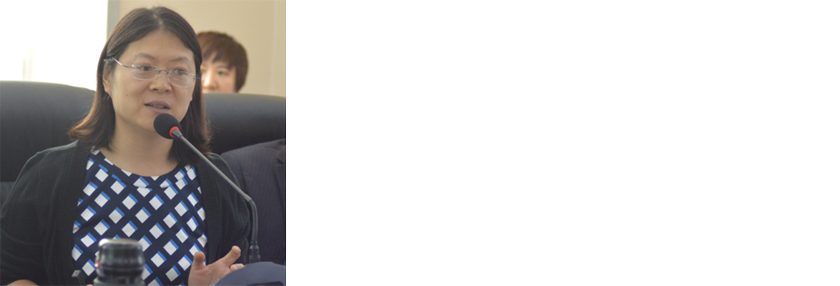
· Pang Lihua
| Associate Professor, Institute of Population Research, Peking University
Pang Lihua said that the influence of the two-child policy on urban and rural areas is different in China. She said the fertility rate is declining as the level of education increases. To reduce the cost of raising a child, Pang argued it is necessary to increase public investment in fertility and parenting.
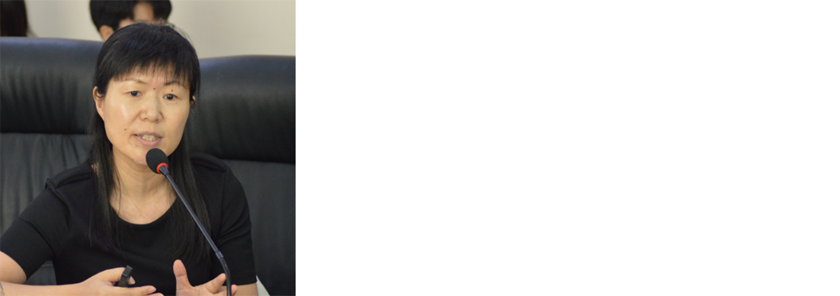
· Chen Xinxin
| Executive Director of the China Health and Retirement Longitudinal Study (CHARLS)
Chen Xinxin noted that positive aging and healthy aging would be a long-term resolution to alleviate the aging problem.
To address the growing need for senior care, which places a large burden on younger generations due to rising medical costs, Chen suggested that China should introduce health management and initiatives based a full-lifecycle approach.
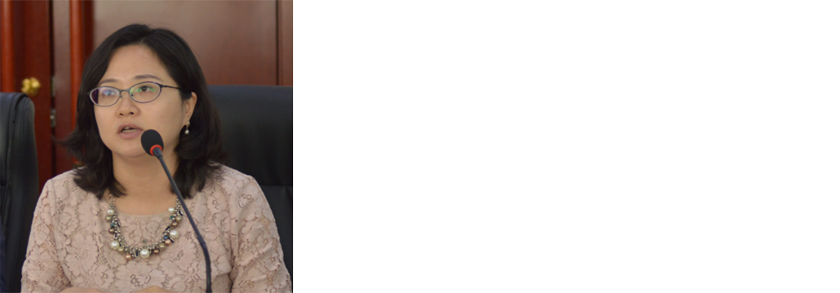
· Mao Zhuoyan
| Researcher of the China Population and Development Research Center
Mao Zhuoyan said that by 2100, the main contradiction of China’s demographic development will shift from the pressure on population size to structural challenges. Mao said that 2035 to 2050 is a perfect period to promote the system guaranteeing comprehensive human development.
China’s low fertility rate and aging population need urgent solutions
Participants also focused on in-depth comparative analysis and interpretation of the population and fertility policies, exploring methods and ways of how to increase the fertility rate.
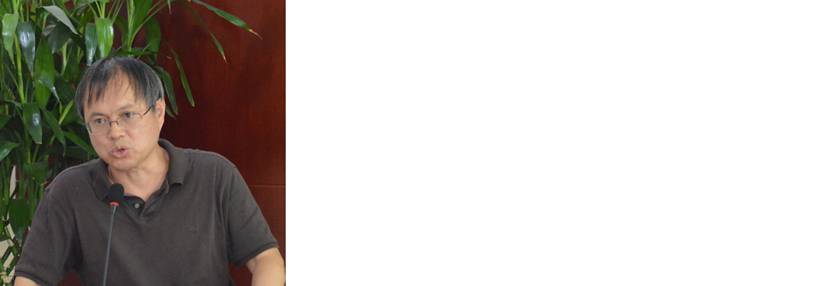
· Huang Wenzheng
|Non-Resident Senior Fellow at CCG
Huang Wenzheng said that China’s population will experience a sharp decline in the next ten years. From macro and micro perspectives, he provided recommendations on facing these challenges, including liberalizing the population policy; lowering the legal marriage age, tax and regional transfer payment subsidies; and extending the duration of compulsory education.
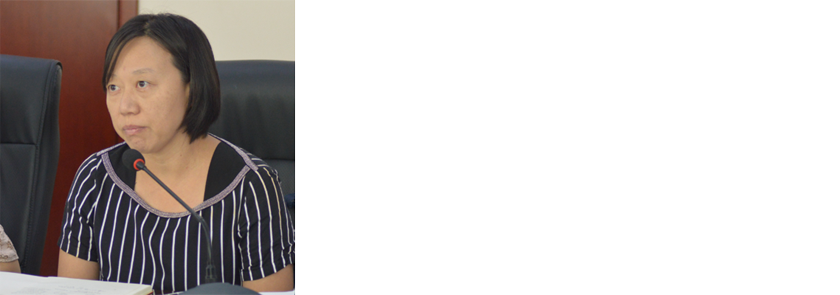
· Wang Dongying
| Associate Researcher of China’s Center for Disease Control and Prevention (CDC)
Wang Dongying said that although there are still some big gaps between the West and China, China is trying to overcome the gaps in fertility treatment, including qualifications and technology management.

· Sun Yu
| Assistant Director of the National School of Development, China Center for Health Economic Research at Peking University
Sun Yu suggested several steps to promote balanced and healthy demographic development. These included improving support networks for childbirth; integrating advanced subsidy policies, economic compensation policies and holiday policies; and ensuring women’s access to certain economic support during leave. Sun called to develop nursery policies and increase intergenerational support and nursery resources.
Assisted Reproductive Technology (ART) and population policies
Additionally, participants in the seminar discussed how policymakers can pay more attention to developing assisted reproductive applications and technologies.
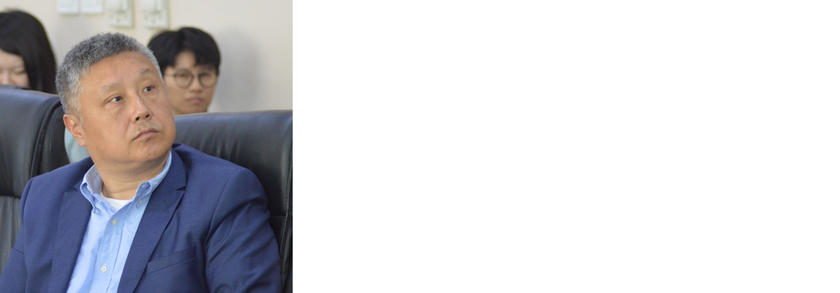
·Yuan Zezhi
Senior Director of the Oncology Business Unit at Merck China
Yuan Zezhi, said that China’s population growth is closely interrelated with long-term economic growth and national destiny. Technologies like assisted reproduction and egg freezing can help those that want to have children, increasing the fertility rate.

· Fang Wenhui
| Director of Reproductive Medicine Affairs and Excellence Medicine at Merck China Research and development Center
Fang Wenhui pointed out that China’s policy presently does not pay enough attention childbirth. He suggested that China should build more high quality assisted reproductive centers with more effective treatments.

· Yu Qi
| President of the Chinese Menopause Society and the clinical professor of Reproductive Endocrinology in Peking Union Medical College Hospital
Yu Qi suggested that developing ART is important for China’s fertility rate. Yu said it is fundamental to reduce the size of the patient group, improve people’s knowledge and formulate a scientific fertility perspective.
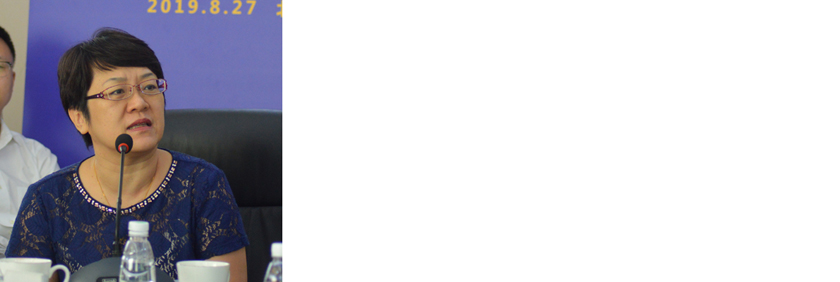
· Li Yuan
| Director of the Reproductive Medicine Centre at Beijing Chaoyang Hospital
Li Yuan pointed out that Artificial Intelligence (AI) can help to increase China’s fertility rate. She suggested increasing the quality and application of ART applications by improving practitioners’ training and examination as well as commercial insurance.

· Yu Qing
Director of Strategy and Innovation, Reproductive Business Unit at Merck China
Yu Qing said that ART commercial insurance requires high standards and accurate data, with the assistance of social security.

· Miao Lu
| CCG Secretary General
Miao Lu highlighted a couple of major demographic changes in China during the last decades, such as the occurrence of the Lewis Turning Point, and the emergence of 2003’s labor shortage signaling an end to China’s labor dividend. Miao said the decline in labor force participation rate and the aging workforce have become challenges for China’s demographic development.
LocationBeijing

